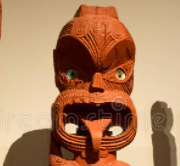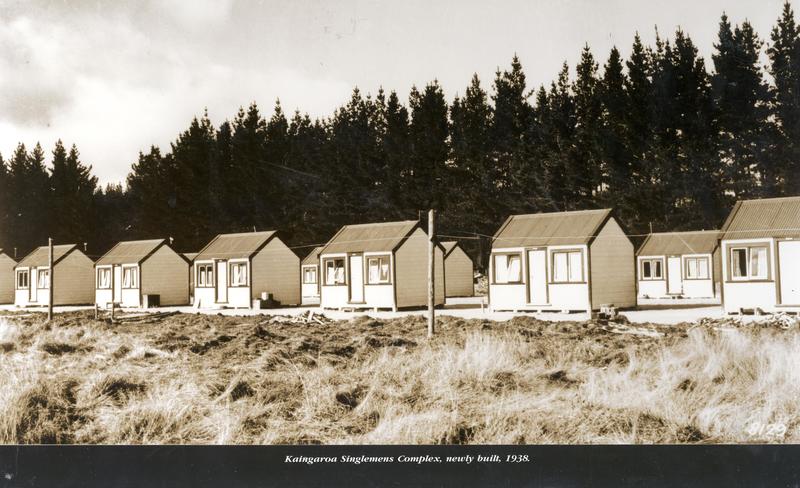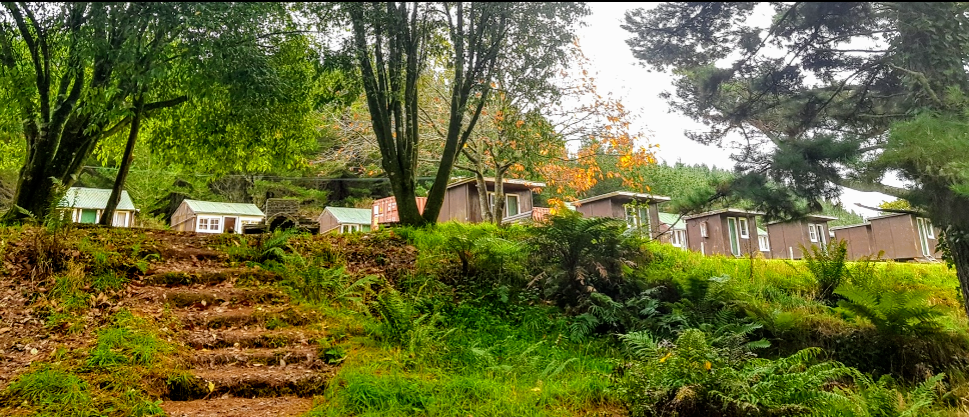
1 – Why
Why do we
do what we
do?
To preserve a precious and rare natural resource for future generations through which we can cause meaningful change in people’s lives
2 – Vision
One day
we
dream…
That the people who have stayed here go into the world more relaxed with a “bigger picture” view and make a better community
3 – Mission
If
we
could…
Have the young (and young at heart) recharge, enjoy, and gain a fresh perspective on what is important in life
4 – What
What we
want
to do is…
For all visitors to become promoters of our way of appreciating and caring for our people and natural environment
5 – Goal
Our
goal
is…
To create and improve healthy, happy, and well-balanced people through quality time among family and friends

A lot of visitors to our Camp eventually wonder how on earth this camp came to exist in the first place? If that includes you, then read on.
From New Zealand’s first “Open Prison” in the late 1800s, to a “Singlemens Complex” just before World War II, the current Camp has a long and interesting history.
In the late 1800s, not long after Mt Tarawera erupted on 10 June 1886, the camp site was used as a prison camp. Inmates were generally used in a social experiment to see if “wasted labour” of prisoners that were not working could be better utilised by getting them to plant trees.

In the early 1900s, the Wai-o-tapu Forest camp was part of the forestry service and provided accommodation for forestry workers. Back then, commuting from Rotorua, Taupo, or further afield simply wasn’t practical, so the Forestry Service provided this camp for workers to eat, clean, and rest between shifts.
In more recent times, the Camp was no longer used, and the option to just flatten it and turn the area into another plot of land with trees on it was discussed.
But thankfully some people with a vision for the future proposed that the Camp be turned over to a non-profit Trust which would be responsible for providing a Camp for the region’s young people to come to learn, experience, challenge themselves, and grow.
And that brings us to the Present Day, where Waiotapu Camp is managed by unpaid volunteers to ensure that schools, youth groups, clubs, societies, as well as private groups get to experience life a little bit like it was back then.
More modern facilities and services slowly infiltrate out of necessity, but the aim is to keep the original feeling of Waiotapu in place so future generations can get an authentic experience.
